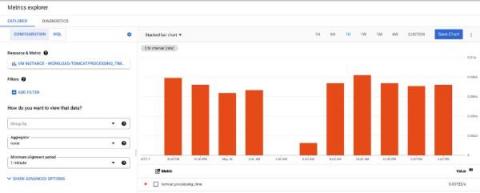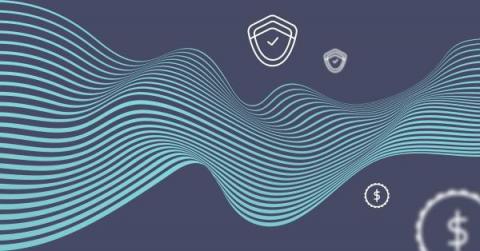Operations | Monitoring | ITSM | DevOps | Cloud
Latest News
SIEM-pler Migrations with Cribl Stream
A SIEM (Security Information Event Management) platform, along with several other tools that make you crave Alphabet Soup (XDR, UBA, NDR, etc), is a critical component of any organization’s security infrastructure. Between a constantly growing volume of logs, increasing attacks and breaches, and challenges finding qualified staff, many organizations may consider a SIEM migration. There could be several reasons for this.
Autoscaling Elasticsearch/OpenSearch Clusters for Logs: Using a Kubernetes Operator to Scale Up or Down
When we say “logs” we really mean any kind of time-series data: events, social media, you name it. See Jordan Sissel’s definition of time + data. And when we talk about autoscaling, what we really want is a hands-off approach at handling Elasticsearch/OpenSearch clusters. In this post, we’ll show you how to use a Kubernetes Operator to autoscale Elasticsearch clusters, going through the following with just a few commands.
How to monitor Solr with OpenTelemetry
Why You Shouldn't Use OpenTracing In 2022
OpenTracing was an open-source project developed to provide vendor-neutral APIs and instrumentation for distributed tracing across a variety of environments. As it is often extremely difficult for engineers to see the behaviour of requests when they are working across services in a distributed environment, OpenTracing aimed to provide a solution to heighten observability.
Mezmo Named to Inc. 5000's List of Fastest Growing Companies in the Nation
Inc. is shining a light on Mezmo as one of the fastest growing companies in the nation. We are truly honored to be featured alongside innovative brands like Sentry and Calendly, who are building the future of tech. Our position on the list at number 695 reflects our 900% growth in revenue and 300% growth in the size of our team from 2018 to 2021.
Are Your Engineers Gonna Need A Bigger Boat?
If you asked your engineering team how well they can handle all of the security and observability data they’re managing, would you get a resounding “Yeah boss, we’re good to go!” in response? Possible, but unlikely. Chances are they feel like they’re stuck on a boat that’s taking on water, spending their day using tiny buckets to scoop some of it out, with no way to plug any of the leaks.
Best Practices for Navigating the Security Poverty Line
InfoSec, like any other aspect of IT, is a matter of three factors coming together: people, process and technology. All of these factors cost time and money in some way. The truth is, there are very few organizations out there who can supply their own security programs, staff, technology, processes and everything needed for InfoSec to an efficient degree. Everyone has to compromise in some way.
What's Missing From Almost Every Alerting Solution in 2022?
Alerting has been a fundamental part of operations strategy for the past decade. An entire industry is built around delivering valuable, actionable alerts to engineers and customers as quickly as possible. We will explore what’s missing from your alerts and how Coralogix Flow Alerts solve a fundamental problem in the observability industry.
Centralizing Log Data to Solve Tool Proliferation Chaos
As companies evolve and grow, so do the number of applications, databases, devices, cloud locations, and users. Often, this comes from teams adding tools instead of replacing them. As security teams solve individual problems, this tool adoption leads to disorganization, digital chaos, data silos, and information overload. Even worse, it means organizations have no way to correlate data confidently. By centralizing log data, you can overcome the data silos that tool proliferation creates.










